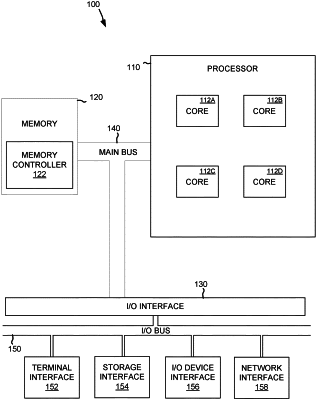| CPC G06F 21/62 (2013.01) [G06F 16/215 (2019.01); G06V 40/10 (2022.01)] | 20 Claims |

|
1. A method comprising:
detecting a marking on a collaboration board, the marking including one or more content elements on the collaboration board, the collaboration board located in a first location;
analyzing, in response to detecting the marking, the one or more content elements on the collaboration board, wherein the analyzing comprises inputting the one or more content elements to a machine learning model implementing an object detection algorithm;
classifying, based on the analyzing of the one or more content elements and an output of the machine learning model implementing the object detection algorithm, a first content element of the one or more content elements as a first privileged content element;
scanning, based on the classifying of the first privileged content element, a proximity of the collaboration board;
identifying, based on the scanning the proximity, an unauthorized person who is not permitted to view the one or more content elements on the collaboration board, wherein the identifying comprises:
detecting a badge-based entry with a first badge into a room, wherein the room is proximate to the first location, and wherein the first badge is associated with a first person;
comparing, in response to the detecting of the badge-based entry, an identifier on the first badge to an authorization list, the authorization list including identifiers of persons authorized to view the collaboration board; and
determining, based on the comparing of the identifier to the authorization list, the first person is not on the authorization list; and
erasing, in response to the identifying of the unauthorized person, the one or more content elements from the collaboration board.
|